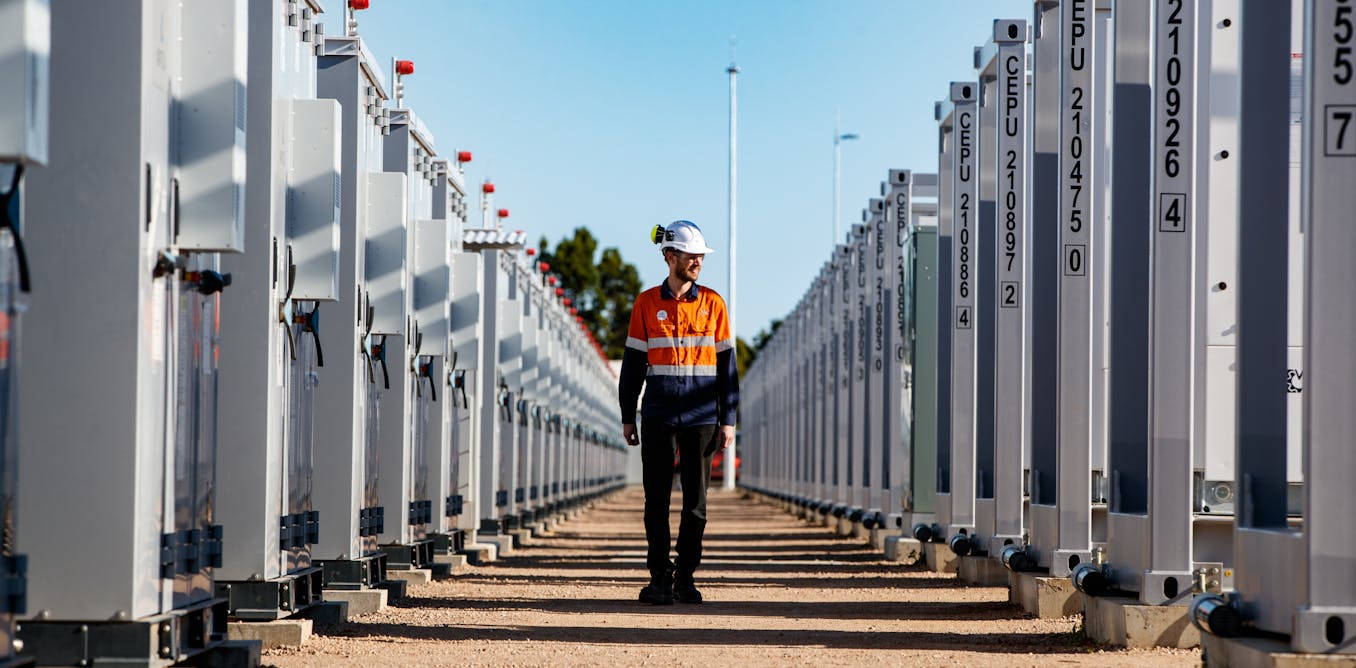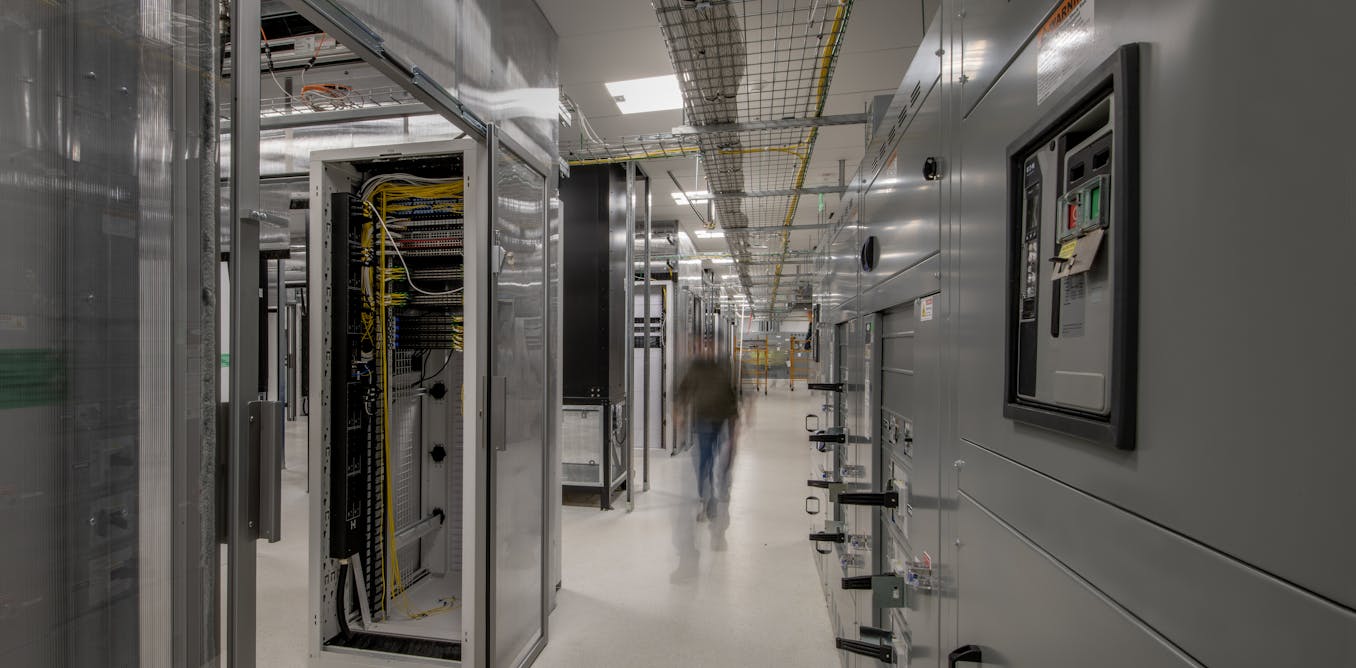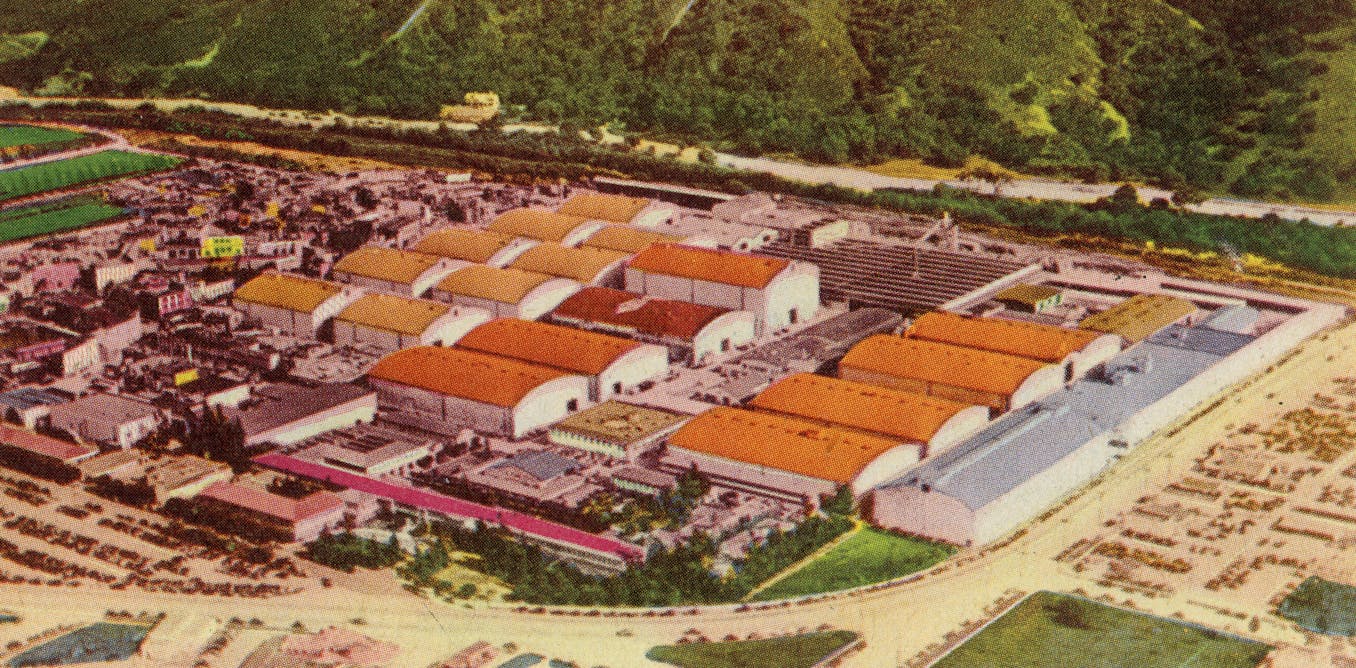In the U.K., electricity provider National Grid faces a problem every time there is a soccer match on (or any other widely viewed televised event for that matter): During half-time, or a commercial break, an inordinate number of viewers go to turn on their tea kettles. This highly British coordinated activity strains the energy grid, causing spikes in demand of sometimes thousands of megawatts.
In AI training, a similar phenomenon can occur every second. Because training is orchestrated simultaneously among many thousands of GPUs in massive data centers, and with each new generation of GPU consuming an ever-increasing amount of power, each step of the computation corresponds to a massive energy spike. Now, at least three companies are coming out with a solution to smooth out the load seen by the grid—add banks of huge capacitors, known as supercapacitors, to those data centers.
“When you have all of those GPU clusters, and they’re all linked together in the same workload, they’ll turn on and turn off at the same time. That’s a fundamental shift,” says Joshua Buzzell, vice president and data center chief architect at power equipment supplier Eaton.
These coordinated spikes can strain the power grid, and the issue is promising to get worse rather than better in the near future. “The problem that we’re trying to solve for are the language models that are probably 10 to 20x maybe 100x larger” than the ones that exist today, Buzzell says.
AI workloads sometimes use power in short bursts, causing the power grid to see a wildly oscillating load (blue). Banks of supercapacitors can store energy on short timescales (purple), compensating for AI’s power bursts and creating a smoother power demand on the grid (red). Siemens Energy
One solution is to rely on backup power supplies and batteries to charge and discharge, providing extra power quickly. However, much like a phone battery degrades after multiple recharge cycles, lithium-ion batteries degrade quickly when charging and discharging at this high rate.
Another solution is dummy calculations, which run while there are no spikes, to smooth out demand. This makes the grid see a consistent load, but it also wastes energy doing unnecessary work.
Several companies are coming out with a new solution using banks of supercapacitors. Supercapacitors have two parallel plates, like regular capacitors. But they also have an electrolyte layer in between the plates, akin to a battery. However, while batteries store energy chemically, supercapacitors store energy electrostatically, without the need for a reaction to occur. This allows them to charge and discharge quickly, offering a power backup on short timescales that doesn’t significantly degrade over time. Siemens Energy is selling the E-statcom, a supercapacitor bank to be connected in parallel to the load at the level of the whole data center. They can charge and discharge at millisecond timescales, can cycle up to 75 megawatts per unit, and…
Read full article: Supercapacitors: Solving AI’s Energy Spikes

The post “Supercapacitors: Solving AI’s Energy Spikes” by Dina Genkina was published on 05/06/2025 by spectrum.ieee.org





































Leave a Reply